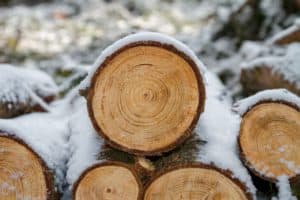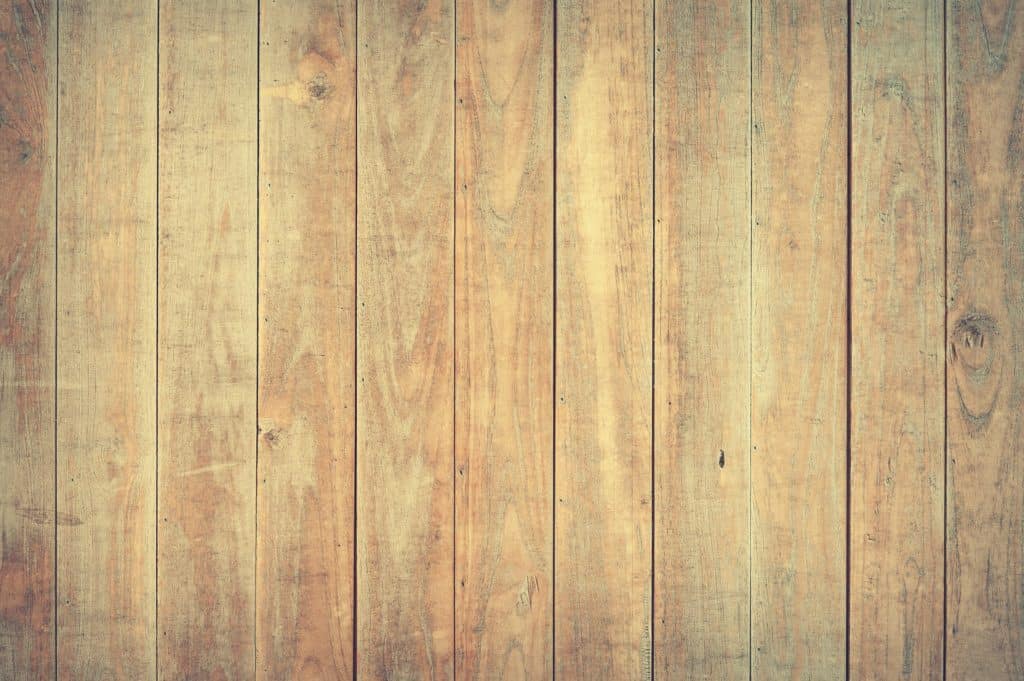Wood Veneer and
thin lumber: What’s the Difference?
Many people believe veneer vs wood depends on the thickness of the wood. In actuality, lumber boards are processed differently than veneer. A plywood veneer does not look like a wide lumber board, even when there is no splice. This is because of the different sawing methods used for each product.
Veneers & Lumber Boards are Both cut from logs
Below is a sawlog. It looks like a cold one, as a matter of fact.

To make lumber, this log is run through a large band-saw. The saw takes a board off each edge until only an unusable pithy center piece, called the cant, is left. The process resembles cheese slices being made on cheese-grater. Thus, it leaves a lot of sawdust behind. Also, the saws are not precise enough to cut much thinner than 1″ boards. Accordingly, the boards look like this.
Conversely, to make rotary plywood veneers, the log is literally unraveled with an extremely expensive and precise veneer saw. Unlike lumber production, this process resembles the unrolling of a paper towel. The net thickness of the veneer can be under 1/64″ of an inch. As a result, there is very little waste and the grain pattern often looks like this.
Lumber Looks Different Than Veneer
The highest quality logs are typically used for plywood veneer production. Lumber is sawn from the lower grade logs. The lessor logs may have wilder grain or colors, more knots, etc. When the wood is figured wood, the quality gap between veneer logs and saw logs widens further.
Cabinet makers and woodworkers often have difficulty finding lumber and plywood combinations that blend together in a visually uniform way. For example, the grain on the veneer cabinet face may be significantly tighter than the hardwood stiles and rails that surround it. Additionally, both cuts may absorb the stain differently, exaggerating the contrast.
Finally, to learn more about veneer specifications, check out Oakwood Veneers.
Videos of each process below.



Pingback: 🌳 White Limba/Korina: Lumber & Guitars - Commercial Forest Products
Pingback: 🌳 Black Limba Wood - A Helpful Illustrated Guide - 2019
Pingback: Birdseye Maple Lumber - Commercial Forest Products
Pingback: Best Wood for Wands - Commercial Forest Products